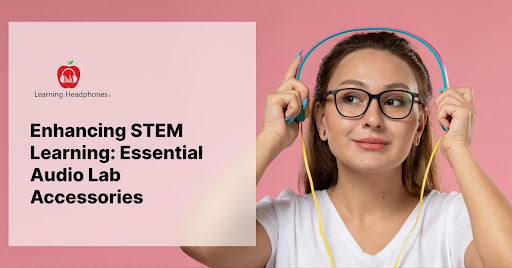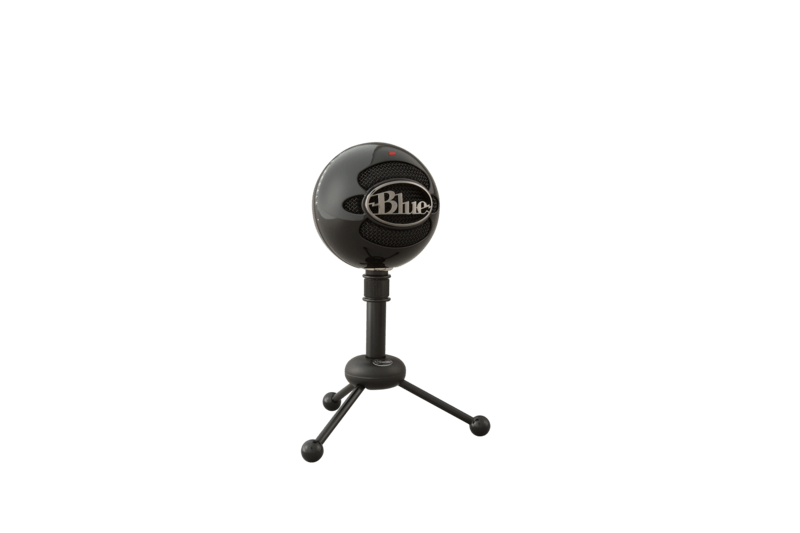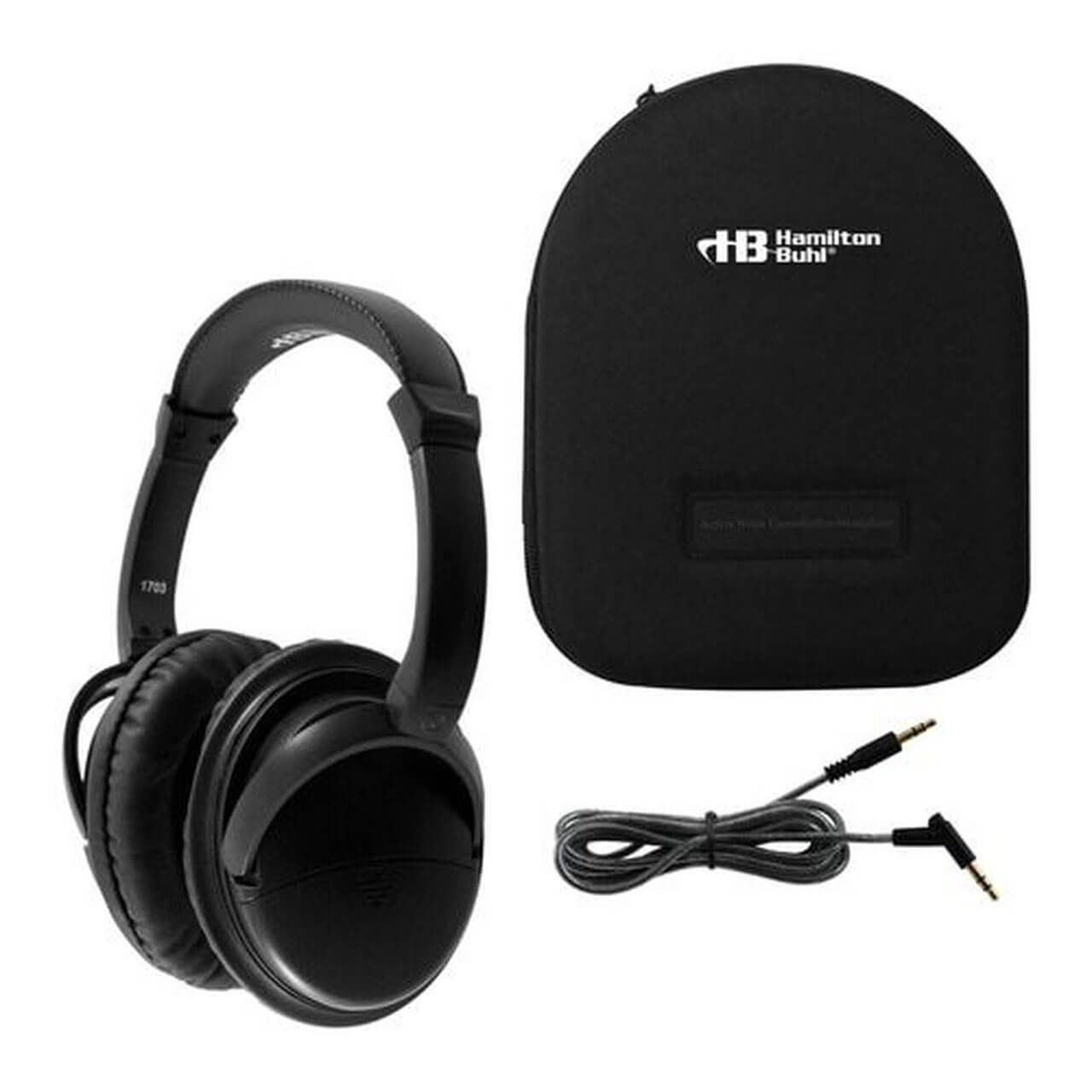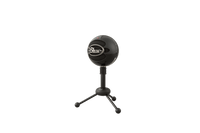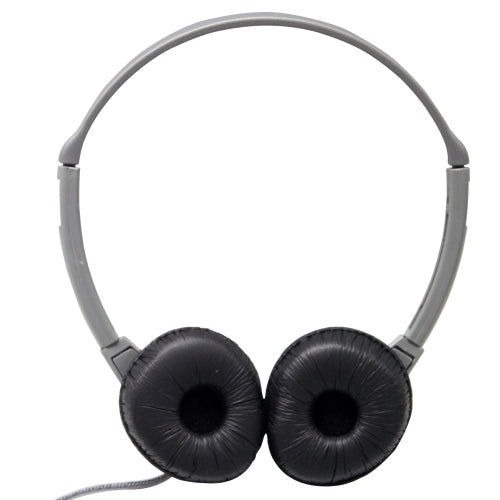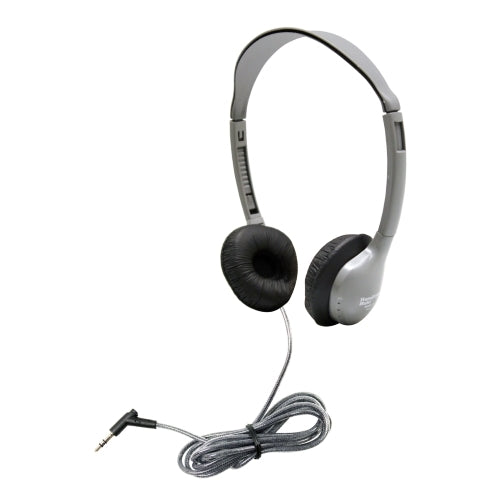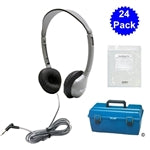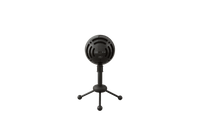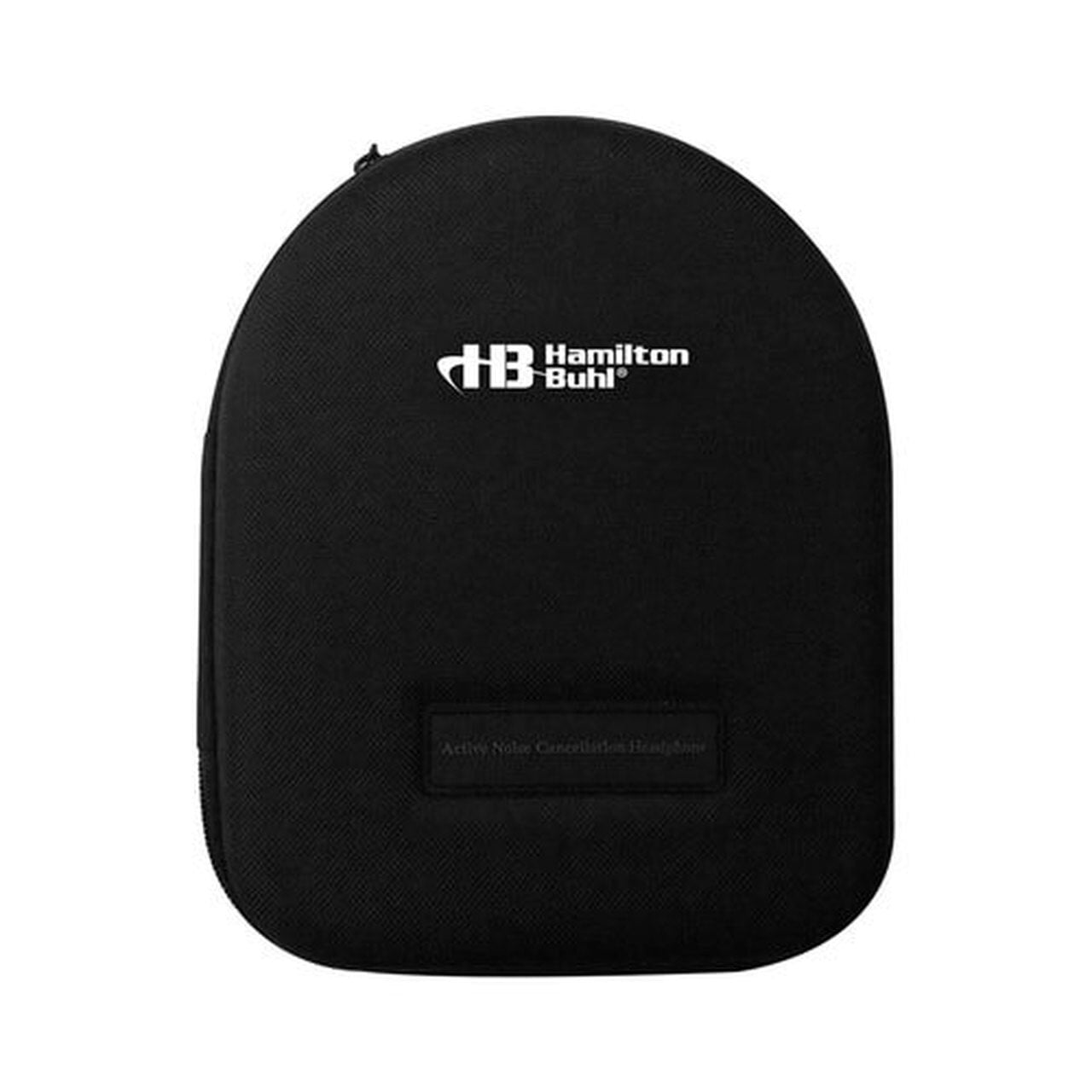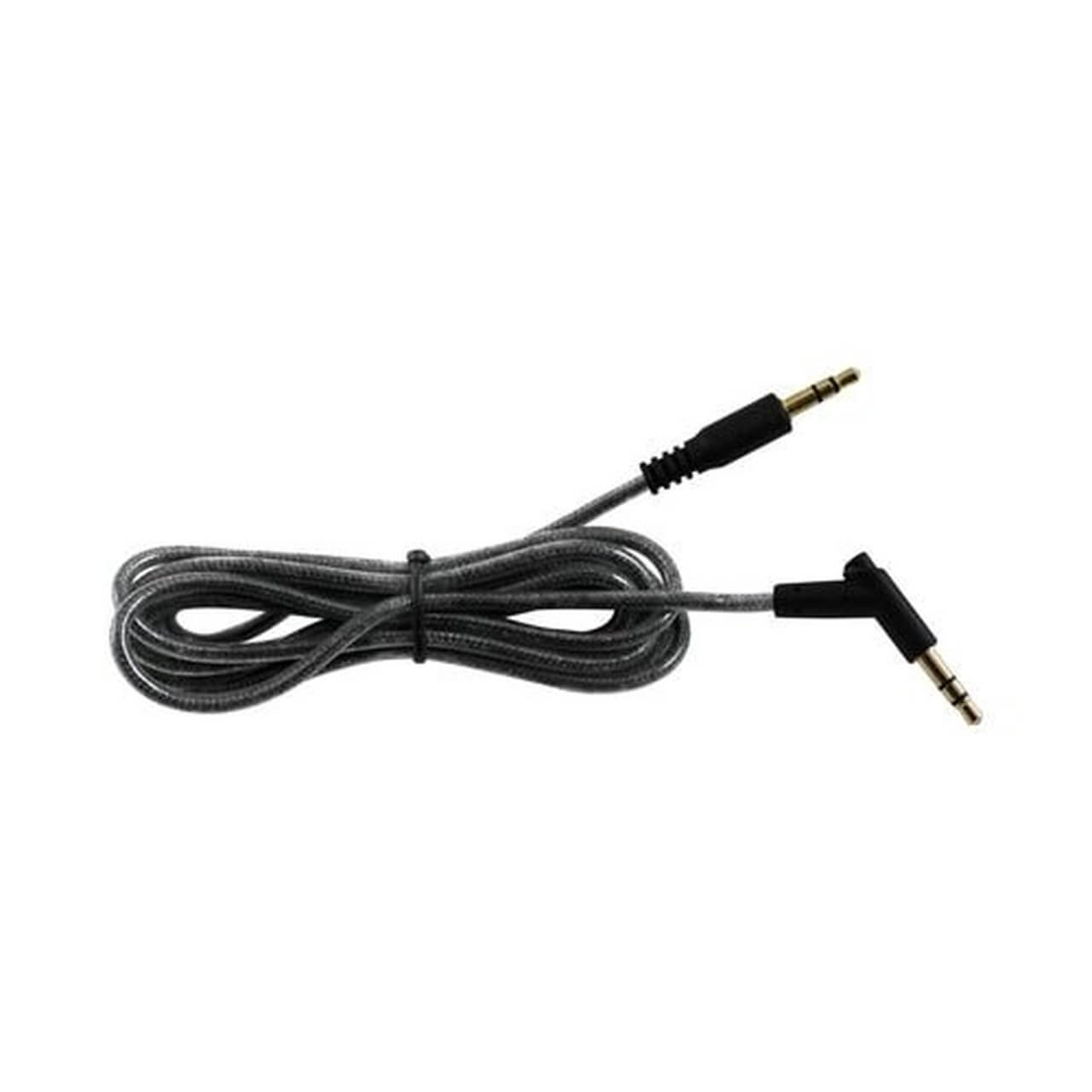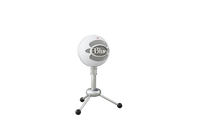Key Takeaways: Audio Lab Accessories for STEM Education
- Quality headphones and microphones are fundamental for clear audio communication in STEM labs, enhancing collaboration and improving knowledge retention by up to 65%
- Lab packs and listening centers enable collaborative learning and group activities, making complex STEM concepts more accessible through shared audio experiences
- USB connectivity provides versatility across various devices used in STEM education, eliminating compatibility issues and reducing setup time
- Proper storage and charging solutions extend the lifespan of audio equipment by up to 40% while maintaining hygiene standards in shared learning environments
- Noise-cancelling technology helps students focus in busy lab environments, reducing physiological stress markers and improving concentration during complex tasks
- Bluetooth capabilities allow for wireless mobility during experiments and presentations, supporting dynamic learning activities that span multiple laboratory stations
Introduction to Audio Technology in STEM Education
The integration of audio technology in STEM (Science, Technology, Engineering, and Mathematics) education has changed how students engage with complex concepts. Quality audio equipment is now essential in modern STEM labs, helping with clear communication, data collection, and learning experiences. As teachers prepare students for the 2025 STEM curriculum requirements, choosing the right audio accessories is really important for creating good learning environments that build both technical skills and scientific understanding. Audio lab accessories connect theoretical knowledge with practical application, letting students document experiments, work together, and create presentations that show their understanding. From recording scientific observations to joining virtual lab sessions, these tools help both teaching and learning by engaging multiple senses at once. Research shows that learning through multiple senses can improve information retention by up to 75% compared to traditional teaching methods.
In this guide, we'll explore the essential audio lab accessories that can transform STEM learning environments. From high-quality headphones and microphones to versatile listening centers, we'll examine how these tools support educational goals while preparing students for future academic and career challenges. Whether you're setting up a new STEM lab or upgrading existing equipment, this resource will help you make smart decisions that match the latest educational standards and technological developments in science education.
Explore our complete STEAM education collection to discover how audio technology can improve your teaching approach and student engagement.
The Importance of Quality Headphones in STEM Labs
Creating Focused Learning Environments
In busy STEM laboratories, staying focused is key to student success. Quality headphones create personal learning zones that reduce distractions and help students concentrate on instructions, experimental procedures, and data analysis. This focused environment is especially valuable during complex STEM activities that need precision and attention to detail, such as molecular modeling, circuit design, or programming exercises that use sound feedback for troubleshooting.
The AC-125 On-Ear Stereo Headphones have the perfect balance of quality and durability for STEM environments. With 40mm speakers delivering clear audio and noise-reducing cushions, these headphones let students fully engage with digital learning materials without outside noise. The adjustable headband ensures comfort for long lab sessions, making them perfect for students who need to stay focused during multi-hour STEM projects or detailed experiments. For labs with more background noise, the HamiltonBuhl Deluxe Active Noise Cancelling Headphones provide better isolation. Their active noise-canceling technology effectively blocks background distractions, letting students focus entirely on audio instructions or recordings. The adjustable padded headband and strong construction make these headphones a good investment for STEM programs that need premium audio solutions for specialized applications like sound wave analysis or acoustic engineering projects where audio precision matters most.
Supporting Multimedia STEM Curriculum
Modern STEM education often includes multimedia elements, from instructional videos to interactive simulations and virtual laboratories. High-quality headphones ensure students can clearly hear audio cues, verbal instructions, and subtle sounds that might be crucial to understanding scientific phenomena or technological processes. This multimedia approach matches research showing that students remember information better when it's presented through multiple senses at the same time.
As the 2025 STEM curriculum puts more emphasis on digital literacy and technology skills, investing in reliable over-ear school headphones becomes essential. These headphones support students as they work with complex scientific concepts through various digital platforms, ensuring they don't miss important information because of poor audio quality. The immersive audio experience helps students visualize abstract concepts like molecular interactions, electromagnetic fields, or mathematical transformations that are often hard to understand through text alone.
Research shows that students retain up to 65% of information delivered through audiovisual tools, compared to just 10-20% from traditional lecture-based learning. This makes quality headphones a vital component in any STEM lab setting where multimedia content is used to explain complex concepts. Studies from the Journal of Educational Psychology indicate that reducing auditory distractions can improve problem-solving performance by up to 30% in complex STEM tasks.
Essential Microphones for STEM Documentation and Collaboration
USB Microphones for Clear Recording and Communication
Documentation is a basic part of the scientific process, and modern STEM education emphasizes the importance of recording observations, procedures, and results. USB microphones give students professional-quality audio recording capabilities, allowing them to create detailed verbal records of their experiments and projects. This documentation practice not only reinforces learning but also develops essential scientific communication skills that will help students throughout their academic and professional careers.
The Logitech Blue Microphone Snowball USB Mic stands out as an exceptional tool for STEM education. Its unique two-condenser-capsule design captures studio-quality audio, making it ideal for podcasting, video creation, and virtual presentations—all increasingly common components of STEM project assessments. With multiple pickup options (cardioid, omnidirectional, and cardioid with pad), students can optimize their recording settings based on specific project needs, whether they're documenting individual observations or capturing group discussions during collaborative problem-solving sessions. This versatile microphone comes with an adjustable metal stand and USB cable, offering plug-and-play functionality that works seamlessly with computers and tablets commonly used in STEM labs. The Snowball's ease of use makes it accessible for students of all technical skill levels, allowing them to focus on content creation rather than equipment setup. The professional-grade audio quality ensures that complex scientific explanations and technical details are captured with exceptional clarity, enhancing the overall quality of student presentations and project documentation. ### Headsets with Integrated Microphones for Interactive Learning Integrated headset solutions combine quality audio output with microphone capabilities, providing an all-in-one solution for interactive STEM learning experiences. These headsets are particularly valuable for virtual laboratories, remote collaboration, and presentation scenarios where clear two-way communication is essential for effective learning and problem-solving activities.
The Califone KH-08GUSB BK Headset features a unidirectional gooseneck microphone that captures clear vocals while minimizing background noise—a crucial feature in busy lab environments. The comfortable leatherette cushions and durable, chew-resistant cable make this headset ideal for extended use in educational settings. With a 3-year warranty, this headset represents a sound investment for STEM programs seeking reliable communication tools that can withstand the rigors of daily classroom use across multiple grade levels and laboratory environments. For more advanced applications, the Califone 2021MUSB Deluxe Stereo Headset offers superior sound quality and an ambidextrous gooseneck microphone that can be positioned for optimal voice capture. The inline volume control allows students to adjust audio levels without disrupting their workflow, while the USB plug ensures broad compatibility with STEM lab equipment. The headset's rugged construction and replaceable parts make it a cost-effective long-term solution for schools implementing comprehensive STEM programs that integrate virtual collaboration and digital presentation components.
Browse our complete headsets collection to find the perfect combination of audio output and input capabilities for your STEM laboratory needs.
Lab Packs and Listening Centers for Collaborative STEM Learning
Configuring Multi-Student Listening Stations
Collaborative learning is a cornerstone of effective STEM education, and multi-student listening stations facilitate group activities that build teamwork and communication skills. These stations allow multiple students to engage with the same audio content simultaneously, creating shared learning experiences that promote discussion and collective problem-solving. Research from the Journal of STEM Education indicates that collaborative learning approaches can improve concept retention by up to 40% compared to individual study methods.
The Lab Pack 24 MS2L Personal Headphones provides a comprehensive solution for classroom-wide audio distribution. With 24 personal headphones featuring leatherette ear cushions, this pack accommodates entire classes during STEM activities that require audio guidance. The included lockable carrying case ensures secure storage and easy transport between laboratory spaces, while the headphones' compatibility with various devices (MP3 players, cell phones, tablets, Chromebooks, computers) offers flexibility across different STEM applications. This versatility is particularly valuable in integrated STEM programs where students might transition between biology simulations, physics demonstrations, and engineering design software within a single class period. For smaller group activities, the Wireless 6-Person Listening Center with Bluetooth Boombox creates an efficient audio hub. This center includes a portable Bluetooth boombox with six built-in headphone jacks, allowing small teams to listen to the same content during collaborative projects. The dual power options (AC or battery) provide flexibility for various laboratory setups, while the programmable CD player with repeat play functionality ensures consistent audio delivery for iterative learning activities. This system is ideal for station-based learning approaches where different student groups rotate through various STEM activities throughout a class period. ### Implementing 2025 STEM Curriculum Audio Requirements
2025 STEM Curriculum Audio Accessory Requirements
The updated 2025 STEM curriculum places increased emphasis on:
- Digital data collection and analysis using audio inputs
- Virtual collaboration across multiple locations
- Creation of multimedia presentations and educational content
- Audio documentation of experimental procedures and results
- Integration of audio feedback in iterative design processes
The upcoming 2025 STEM curriculum updates emphasize technological literacy and digital collaboration skills. Audio lab accessories play a crucial role in meeting these requirements, enabling students to engage with complex scientific concepts through multiple sensory channels. Educational research consistently shows that multisensory approaches to STEM education improve comprehension and retention, particularly for abstract concepts that are difficult to visualize through traditional teaching methods.
The Remote Teaching Kit Plus System aligns perfectly with these curriculum objectives. This comprehensive kit includes a transmitter, receiver, lavalier lapel microphone, USB cable, and SuperFlix™ webcam—all essential components for creating hybrid learning environments that extend beyond traditional classroom boundaries. This system enables remote demonstrations, virtual field trips, and expert guest lectures that enrich STEM education with real-world perspectives. The ability to connect with scientists, engineers, and industry professionals provides students with authentic context for their learning, helping them understand how classroom concepts apply to real-world challenges and innovations.
Explore our classroom audio solutions to find equipment that supports the collaborative and technological requirements of modern STEM education.
Audio Accessory Setup Infographics for STEM Labs
Optimal Configurations for Different Lab Types
STEM Lab Audio Setup Configurations
Computer Lab Setup
- Individual USB headsets at each station
- Central instructor microphone system
- Audio distribution controller
- Noise-cancelling panels between stations
Wet Lab Setup
- Wireless headphones for mobility
- Water-resistant microphone stations
- Bluetooth audio transmission
- Wall-mounted speakers for group instruction
Makerspace Setup
- Noise-cancelling headphones
- Boom microphones with filters
- Zone-based audio distribution
- Portable recording stations
Select the configuration that best matches your laboratory environment and educational objectives.
Different STEM learning environments need different audio setups to work best. Computer labs work well with individual USB headsets that let students work on their own without bothering others. These labs often focus on programming, digital design, or simulation activities where students switch between working alone and talking with others. The best audio setup supports both ways of learning while reducing noise and distraction during focused work times. Wet labs, where experiments might involve liquids or chemicals, work better with wireless solutions that let students move around freely and reduce the risk of damaging equipment. Students in these environments need to move between workstations, reference materials, and safety equipment while still being able to hear instructions or record their observations. Water-resistant components and easily cleaned surfaces are especially important in these settings where spills and contamination are common concerns. Makerspaces, which focus on creation and building, need strong noise-cancelling headphones that help students stay focused amid the sounds of tools and machinery. These busy environments often generate a lot of background noise from 3D printers, laser cutters, and hand tools, making good audio isolation essential for both communication and safety instruction.
Cable Management and Equipment Organization
Good cable management and equipment organization are often overlooked parts of audio lab setup, yet they significantly impact both safety and functionality. Proper organization ensures quick access to equipment, reduces the risk of damage, and creates a more professional learning environment. In STEM laboratories where multiple technologies must share limited space, thoughtful cable management becomes essential for both operational efficiency and student safety.
Cable Management Best Practices for STEM Labs
- Color coding: Assign specific colors to different types of audio equipment for easy identification
- Cable wraps: Use velcro or silicone cable organizers to prevent tangling
- Cable routing: Install under-desk cable management systems to keep wires off the floor
- Charging stations: Designate specific areas for charging wireless devices
- Labeling: Clearly mark all cables, adapters, and accessories with their function and associated equipment
Investing in proper charging and storage solutions extends the lifespan of your audio equipment while ensuring it's always ready for classroom use. Dedicated storage cases protect headphones and microphones from dust, moisture, and physical damage, while organized charging stations maintain battery levels for wireless devices. Studies from educational technology management programs indicate that proper storage and organization can extend equipment lifespan by 30-40%, representing significant cost savings over time for educational institutions with limited budgets.
In educational settings where equipment is shared among multiple users, proper organization doesn't just improve functionality—it also helps establish clear responsibility for equipment care and makes inventory management much more efficient. Well-organized audio equipment setups also model professional standards for students, reinforcing the importance of systematic approaches to technology management that will serve them well in future academic and career environments.
USB and Wireless Connectivity Options for Modern STEM Labs
USB Audio Solutions for Digital Integration
USB connectivity has become the standard for educational technology, offering plug-and-play simplicity that reduces setup time and technical complications. In STEM labs, USB audio devices integrate seamlessly with computers, tablets, and other digital tools, creating a cohesive technological ecosystem. This standardization eliminates compatibility issues that often plague educational technology implementations, allowing educators to focus on content rather than troubleshooting connection problems.
The Logitech Blue Snowball USB Microphone shows the benefits of USB audio technology in STEM education. Its direct digital connection eliminates the need for additional adapters or interfaces, while delivering professional audio quality that enhances student presentations and recordings. The plug-and-play functionality means students spend less time setting up equipment and more time engaging with STEM content. This efficiency is particularly valuable in educational settings where class periods are limited and maximizing instructional time is essential for covering comprehensive STEM curricula. Similarly, the Califone USB Headset combines audio input and output in a single USB connection, simplifying the technical setup for computer-based STEM activities. This integration is particularly valuable for virtual laboratories and remote collaboration projects that are becoming increasingly common in modern STEM curricula. The digital connection ensures consistent audio quality regardless of the computer's built-in sound capabilities, creating a more equitable learning experience across various hardware configurations. ### Bluetooth and Wireless Technology for Flexible Learning Spaces Wireless audio solutions provide mobility and flexibility that traditional wired setups cannot match. In STEM environments where movement between stations or experimental setups is common, wireless technology eliminates cable management challenges while maintaining audio quality. This mobility is particularly important for project-based learning approaches that encourage students to explore different areas of the laboratory while maintaining communication with instructors and peers.
The Wireless 6-Person Listening Center with Bluetooth Boombox combines traditional headphone connectivity with modern Bluetooth capabilities. This hybrid approach allows for both wired reliability and wireless convenience, accommodating various teaching styles and learning activities. The system's dual power options (AC or battery) further enhance its flexibility, making it suitable for both fixed lab stations and mobile STEM demonstrations. This adaptability is particularly valuable for schools that utilize shared spaces for STEM activities or conduct field research that extends beyond traditional classroom environments. For more advanced wireless applications, the Remote Teaching Kit Plus System creates a comprehensive wireless communication platform. With its transmitter, receiver, and lavalier microphone components, this system facilitates clear audio transmission across larger spaces—ideal for outdoor STEM activities, large laboratory environments, or multi-room projects. The wireless design allows instructors to move freely while demonstrating complex procedures or supervising multiple student groups simultaneously, enhancing both teaching effectiveness and classroom management.
Explore our adapters collection to find connectivity solutions that bridge the gap between different audio technologies and ensure compatibility across your STEM lab equipment.
Noise Management and Audio Quality in STEM Learning Environments
Noise-Cancelling Technology for Enhanced Focus
STEM laboratories are often dynamic environments with multiple activities occurring simultaneously. Noise-cancelling technology helps create focused learning spaces within these busy settings, allowing students to concentrate on their specific tasks without distraction. Educational neuroscience research indicates that reducing auditory distractions can significantly improve cognitive processing and information retention, particularly for complex STEM concepts that require sustained attention and working memory resources.
The HamiltonBuhl Deluxe Active Noise Cancelling Headphones represent the gold standard for audio isolation in educational settings. The active noise-canceling (ANC) circuitry effectively eliminates ambient noise, creating an immersive audio environment that enhances concentration and information retention. This technology is particularly valuable during complex STEM activities that require precise audio cues or detailed verbal instructions. By actively counteracting ambient sound waves, these headphones create a significantly quieter listening experience than passive noise isolation alone, making them ideal for particularly noisy laboratory environments like engineering workshops or robotics labs. Beyond the benefits for individual focus, noise-cancelling headphones also contribute to a more productive overall laboratory environment by reducing the need for loud audio playback. When students can hear clearly at lower volumes, the ambient noise level in the lab decreases, creating a positive feedback loop that improves the learning experience for everyone. This collective noise reduction is especially important in open-concept STEM spaces where multiple activities occur simultaneously without physical barriers between different learning zones.
Research with students who have auditory sensitivities has shown that noise-attenuating headphones significantly reduce physiological stress markers, as measured by skin conductance levels. This makes them particularly valuable for inclusive STEM environments that accommodate diverse learning needs. Studies in educational psychology have demonstrated that reducing auditory distractions can improve problem-solving performance by up to 30% for complex STEM tasks that require sustained concentration and analytical thinking.
Audio Quality Considerations for Scientific Applications
In STEM education, audio quality isn't merely a matter of preference—it can significantly impact learning outcomes, especially for activities that rely on subtle audio cues or precise verbal instructions. High-fidelity audio reproduction ensures that students receive clear, accurate information that supports their understanding of complex scientific concepts. For applications like acoustic analysis, sound wave demonstrations, or audio-based diagnostic tools, professional-grade audio equipment becomes an essential component of the educational experience rather than just an accessory.
Audio Quality Factors for STEM Applications
| Factor | Importance in STEM Education |
|---|---|
| Frequency Response | Ensures accurate reproduction of scientific sounds across the audio spectrum |
| Signal-to-Noise Ratio | Minimizes background interference during precise measurements or observations |
| Impedance Matching | Ensures compatibility between audio devices and laboratory equipment |
| Microphone Sensitivity | Captures subtle sounds during experiments and demonstrations |
When selecting audio equipment for STEM applications, consider how specific features align with educational objectives. For activities involving sound analysis or acoustic demonstrations, prioritize headphones with a flat frequency response that accurately reproduces audio without artificial enhancement. For verbal instruction and communication, focus on clarity in the mid-range frequencies where human speech is concentrated. For environmental sound recording or bioacoustic studies, select microphones with appropriate sensitivity and directionality for the specific application.
Browse our 3.5mm stereo headphones collection to find options that deliver the audio quality necessary for your specific STEM applications.
Storage, Maintenance, and Sanitization of Audio Lab Equipment
Extending Equipment Lifespan
Through Proper Storage Proper storage significantly extends the lifespan of audio equipment while ensuring it remains in optimal working condition. Educational environments present unique challenges for equipment maintenance, making dedicated storage solutions an essential investment for STEM programs. With multiple users accessing the same devices throughout the school day, organized storage systems prevent damage, loss, and unnecessary wear that can quickly degrade even high-quality audio equipment.
The storage case included with the Lab Pack 24 MS2L Personal Headphones exemplifies effective equipment protection. The lockable carrying case features custom compartments that secure each headset individually, preventing cable tangling and physical damage during storage and transport. This organized approach not only protects the equipment but also streamlines distribution and collection processes during class activities. The durable exterior protects against impacts and environmental factors, while the interior organization prevents the headphone cables from becoming tangled or stressed—a common cause of connection failures in educational audio equipment. For comprehensive storage solutions, explore our charging and storage collection, which includes options designed specifically for educational environments. These solutions range from wall-mounted racks to mobile carts, accommodating various laboratory layouts and equipment quantities. Many storage systems also incorporate charging capabilities for wireless devices, ensuring that batteries remain at optimal levels between uses and eliminating the frustration of discovering depleted batteries at the beginning of class activities. ### Sanitization Protocols for Shared Audio Equipment In educational settings where equipment is shared among multiple users, proper sanitization is essential for maintaining hygiene and preventing the spread of illness. This consideration has become increasingly important in recent years, with many schools implementing enhanced cleaning protocols for all shared resources. Effective sanitization not only protects student health but also preserves equipment integrity by preventing the buildup of oils, moisture, and debris that can degrade materials over time.
Recommended Sanitization Protocol for Audio Lab Equipment
- Daily surface cleaning: Wipe headphone ear cushions and microphone surfaces with approved disinfectant wipes
- Weekly deep cleaning: Remove and sanitize detachable ear cushions according to manufacturer guidelines
- UV sanitization: Consider UV sanitization boxes for items that cannot be cleaned with liquids
- Cable maintenance: Regularly clean cables with appropriate electronic-safe cleaners
- Personal protection: Consider disposable ear cushion covers for shared headphones
The Lab Pack 24 MS2L Personal Headphones are specifically designed to combat the spread of head lice in schools, addressing one of the primary hygiene concerns associated with shared headphones. The leatherette ear cushions are non-porous and can be easily wiped clean between users, making them ideal for high-traffic STEM laboratories. This design feature represents a significant advantage over fabric or foam cushions that can harbor microorganisms and are difficult to sanitize effectively without damaging the material. For additional protection, consider implementing a labeling system that assigns specific equipment to individual students when possible, reducing the frequency of sharing and the associated sanitization requirements. When equipment must be shared, establish clear cleaning protocols that students follow before returning devices to storage, creating a culture of responsibility for equipment maintenance that extends beyond the classroom to future professional environments.
Consistent sanitization protocols not only protect student health but also model good scientific practices regarding cleanliness and contamination control—concepts that are fundamental to many STEM disciplines. By integrating equipment care into laboratory procedures, educators reinforce the importance of methodical approaches to scientific work while preserving valuable educational resources.
Integrating Audio Accessories with STEM Curriculum Projects
Project-Based Learning Applications
Audio technology enhances project-based learning by enabling students to document their work, collaborate effectively, and create multimedia presentations that demonstrate their understanding of STEM concepts. Integrating audio accessories into project workflows develops both technical and communication skills that are valuable in academic and professional contexts. The ability to articulate scientific concepts clearly and engage audiences through well-produced audio content represents an increasingly important skill set in the modern scientific community.
2025 STEM Curriculum Project Ideas Using Audio Technology
Sound Wave Analysis Laboratory
Equipment: Quality headphones, microphones, audio analysis software
Objective: Students investigate properties of sound waves by recording, visualizing, and analyzing various audio samples
Podcast Science Communication Project
Equipment: USB microphones, headphones, audio editing software
Objective: Students create educational podcasts explaining complex scientific concepts to different audience levels
Environmental Sound Mapping
Equipment: Portable recording devices, headphones, GPS tracking
Objective: Students collect and analyze environmental sound data to study ecological patterns and human impact
Virtual Reality Science Tour
Equipment: 3D audio recording equipment, VR headsets, spatial audio software
Objective: Students create immersive VR science experiences with spatial audio components


